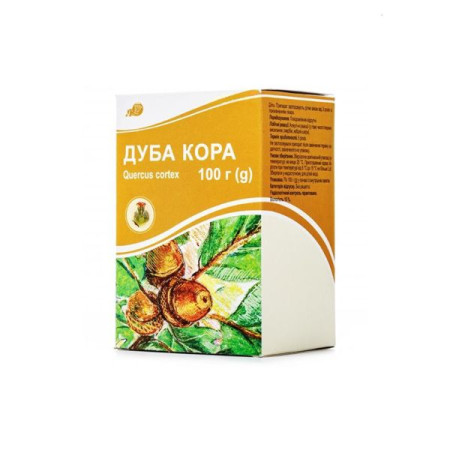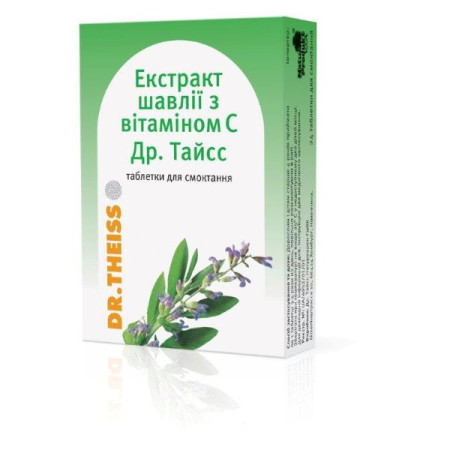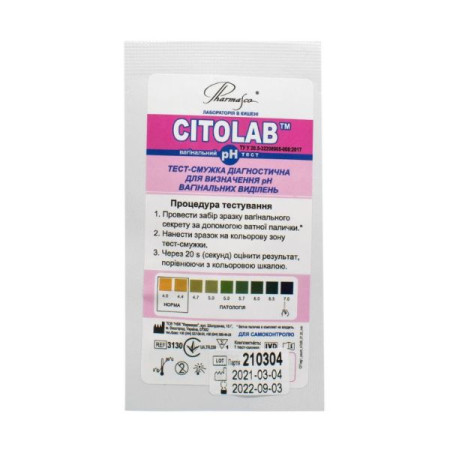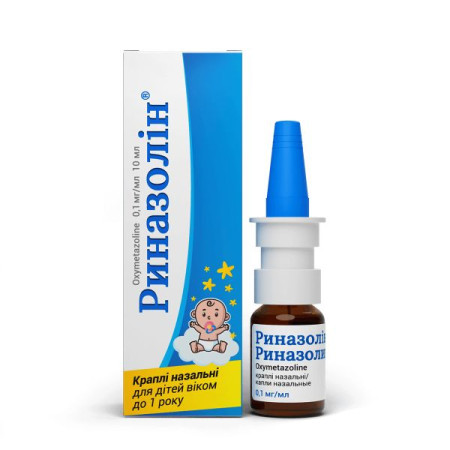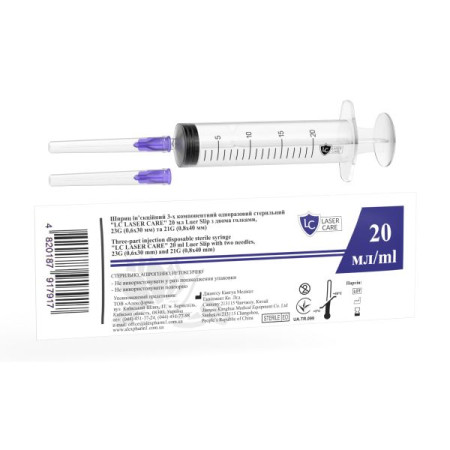Loratadine-Darnitsa tablets 10 mg No. 10

Instructions for Loratadine-Darnitsa tablets 10 mg No. 10
Composition
active ingredient: loratadine;
1 tablet contains loratadine 10 mg;
Excipients: corn starch, lactose monohydrate, microcrystalline cellulose, colloidal anhydrous silica, croscarmellose sodium, magnesium stearate.
Dosage form
Pills.
Main physicochemical properties: round tablets with a flat surface, white or white with a yellowish tinge, with a bevel and a score.
Pharmacotherapeutic group
Antihistamines for systemic use. Loratadine. ATX code R06A X13.
Pharmacological properties
Pharmacodynamics
Loratadine is a tricyclic antihistamine with selective activity at peripheral H1 receptors.
In most patients, when used at the recommended dose, loratadine does not have clinically significant sedative and anticholinergic effects. During long-term treatment, no clinically significant changes in vital signs, laboratory tests, physical examination, or electrocardiogram (ECG) were observed. Loratadine has no significant effect on H2-histamine receptors. The drug does not inhibit norepinephrine uptake and has virtually no effect on cardiovascular function or cardiac pacemaker activity.
Studies with histamine skin tests after a single dose of 10 mg have shown that the antihistamine effect occurs after 1-3 hours, reaches a peak after 8-12 hours and lasts for more than 24 hours. There was no development of drug resistance after 28 days of loratadine use.
Clinical efficacy and safety: Over 10,000 subjects (aged 12 years and older) have been treated with loratadine (10 mg tablets) in controlled clinical trials. Loratadine (tablets) 10 mg once daily was more effective than placebo and as effective as clemastine in improving symptoms (nasal and non-nasal) of allergic rhinitis. In these trials, somnolence occurred less frequently with loratadine than with clemastine and was about the same as with terfenadine and placebo.
Among the participants in these studies (aged 12 years and older), 1000 patients with chronic idiopathic urticaria were enrolled in placebo-controlled trials. Loratadine 10 mg once daily was more effective than placebo in the treatment of chronic idiopathic urticaria, as evidenced by the reduction of pruritus, erythema, and allergic rash. In these studies, the incidence of drowsiness was similar between loratadine and placebo.
Children: Efficacy in children was similar to that in adults.
Pharmacokinetics
Absorption. Loratadine is rapidly and well absorbed. Taking the drug with food may slightly delay the absorption of loratadine, but this does not affect the clinical effect. The bioavailability of loratadine and its active metabolite is dose-proportional.
Distribution: Loratadine is highly bound (97 to 99%) to plasma proteins, and its active metabolite is moderately bound (73 to 76%).
In healthy volunteers, the plasma half-lives of loratadine and its active metabolite are approximately 1 and 2 hours, respectively.
Biotransformation. After oral administration, loratadine is rapidly and well absorbed and extensively metabolized during the first pass through the liver, mainly by CYP3A4 and CYP2D6. The main metabolite, desloratadine, is pharmacologically active and is largely responsible for the clinical effect. Loratadine and desloratadine reach maximum plasma concentrations (Cmax) 1–1.5 hours and 1.5–3.7 hours, respectively, after administration.
Excretion: Approximately 40% of the dose is excreted in the urine and 42% in the feces within 10 days, mainly as conjugated metabolites. Approximately 27% of the dose is excreted in the urine within the first 24 hours. Less than 1% of the active substance is excreted in unchanged active form - as loratadine or desloratadine.
In healthy adult volunteers, the mean elimination half-life of loratadine was 8.4 hours (range 3 to 20 hours) and that of the main active metabolite was 28 hours (range 8.8 to 92 hours).
Renal impairment. In patients with chronic renal impairment, AUC and Cmax of loratadine and its active metabolite were increased compared with those in patients with normal renal function. The mean elimination half-life of loratadine and its active metabolite was not significantly different from that in healthy volunteers. In patients with chronic hepatic impairment, hemodialysis did not affect the pharmacokinetics of loratadine and its active metabolite.
Elderly patients: The pharmacokinetics of loratadine and its active metabolite were similar in healthy adult volunteers and healthy elderly volunteers.
Indication
Symptomatic treatment of allergic rhinitis and chronic idiopathic urticaria.
Contraindication
Hypersensitivity to the active substance or to other components of the medicinal product.
Interaction with other medicinal products and other types of interactions
When used simultaneously with alcohol, the effects of loratadine are not enhanced, which is confirmed by studies of psychomotor function.
Potential interaction is possible with all known inhibitors of CYP3A4 or CYP2D6, leading to increased levels of loratadine, which in turn may be the cause of an increased incidence of adverse reactions.
In controlled studies, increased plasma concentrations of loratadine have been reported after concomitant use with ketoconazole, erythromycin and cimetidine, which were not accompanied by clinically significant changes (including ECG).
Children: Drug interaction studies have only been conducted in adult patients.
Application features
The drug should be used with caution in patients with severe liver dysfunction.
The use of the drug should be discontinued at least 48 hours before skin tests, since antihistamines may neutralize or otherwise weaken a positive reaction when determining the skin reactivity index.
The medicine contains lactose, therefore patients with rare hereditary forms of galactose intolerance, lactase deficiency or glucose-galactose malabsorption syndrome should not take Loratadine-Darnitsa tablets.
This medicinal product contains sodium. This should be taken into consideration by patients on a controlled sodium diet.
Ability to influence reaction speed when driving vehicles or other mechanisms
The drug has no or negligible influence on the ability to drive or use machines.
However, the patient should be informed about very rare cases of drowsiness. In such cases, the ability to drive or use machines may be affected.
Use during pregnancy or breastfeeding
Pregnancy: There are very limited data from the use of loratadine in pregnant women. Animal studies do not indicate direct or indirect harmful effects with respect to reproductive toxicity. As a safety precaution, it is preferable to avoid the use of the drug during pregnancy.
Breastfeeding: Physicochemical data indicate that loratadine and its metabolites are excreted in breast milk. Since a risk to the child cannot be excluded, the drug should not be used during breast-feeding.
Fertility: There are no data on the effect of the drug on female or male fertility.
Method of administration and doses
Adults and children aged 12 and over.
The drug should be used at a dose of 10 mg once a day.
Children aged 2 to 12 years with a body weight of more than 30 kg.
The drug should be used at a dose of 10 mg once a day.
Children aged 2 to 12 years with a body weight of less than 30 kg.
Loratadine preparations should be used in a different dosage form.
Elderly patients and patients with renal insufficiency.
There is no need to adjust the dose of the drug.
Patients with liver dysfunction.
Patients with severe hepatic impairment should have their dose adjusted due to possible decreased clearance of loratadine (recommended starting dose is 10 mg every other day).
Duration of treatment.
The duration of the treatment course is determined by the doctor depending on the course of the disease.
Eating does not affect the effect of the drug.
Children
The efficacy and safety of the drug in children under 2 years of age have not been established.
The medicine should be used in children aged 2 years and over with a body weight of more than 30 kg.
Overdose
Overdose of loratadine increases the incidence of anticholinergic symptoms.
Symptoms: drowsiness, tachycardia, headache.
Treatment: gastric lavage, use of activated charcoal, symptomatic and supportive therapy.
Loratadine is not removed by hemodialysis, and it is not known whether loratadine is removed by peritoneal dialysis.
After providing emergency care, the patient should remain under medical supervision.
Adverse reactions
Summary of the safety profile. In clinical trials in adults and adolescents, when loratadine was used at the recommended dose of 10 mg daily in indications including allergic rhinitis and chronic idiopathic urticaria, adverse reactions were reported in 2% of patients (which was higher than in patients receiving placebo). The most common adverse reactions reported more frequently than with placebo were: somnolence (1.2%), headache (0.6%), increased appetite (0.5%) and insomnia (0.1%). In clinical trials in children aged 2 to 12 years, the following adverse reactions were reported: headache (2.7%), nervousness (2.3%) or fatigue (1%).
List of adverse reactions: Adverse reactions reported during post-marketing experience are listed below by system organ class. The frequency is defined as:
very common (≥ 1/10); common (≥ 1/100 to < 1/10); uncommon (≥ 1/1000 to < 1/100); rare (≥ 1/10,000 to < 1/1000); very rare (< 1/10,000); frequency unknown (cannot be estimated from the available data).
Within each frequency grouping, adverse reactions are presented in order of decreasing seriousness.
From the gastrointestinal tract: very rarely - nausea, vomiting, dry mouth, gastritis, increased appetite, frequency unknown - weight gain.
From the liver and biliary tract: very rarely - pathological changes in liver function.
From the nervous system: very rarely - dizziness, drowsiness, headache, insomnia, convulsions.
From the cardiovascular system: very rarely - tachycardia, palpitations.
Immune system disorders: very rarely - hypersensitivity reactions, including anaphylaxis, angioedema.
Skin and subcutaneous tissue disorders: very rarely - rash, alopecia.
General disorders: very rarely - fatigue.
Headache, nervousness, and fatigue were observed in children aged 2 to 12 years.
Reporting of suspected adverse reactions.
Reporting suspected adverse reactions after the marketing authorisation of a medicinal product is an important procedure. It allows for continued monitoring of the benefit-risk balance of the medicinal product in question. Healthcare professionals should report any suspected adverse reactions via the national reporting system.
Expiration date
3 years.
Storage conditions
Store in the original packaging at a temperature not exceeding 25 °C.
Keep out of reach of children.
Packaging
10 tablets in a blister pack, 1 blister pack in a pack.
Vacation category
Without a prescription.
Producer
PrJSC "Pharmaceutical Company "Darnitsa".
Location of the manufacturer and its business address
Ukraine, 02093, Kyiv, Boryspilska St., 13.
There are no reviews for this product.
There are no reviews for this product, be the first to leave your review.
No questions about this product, be the first and ask your question.










